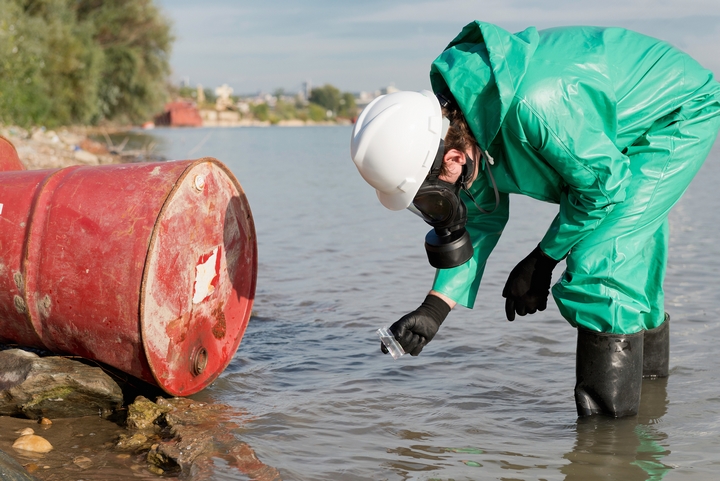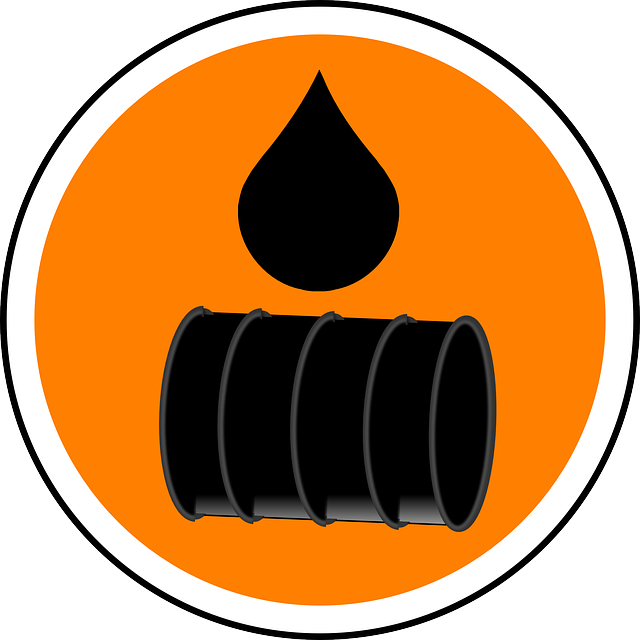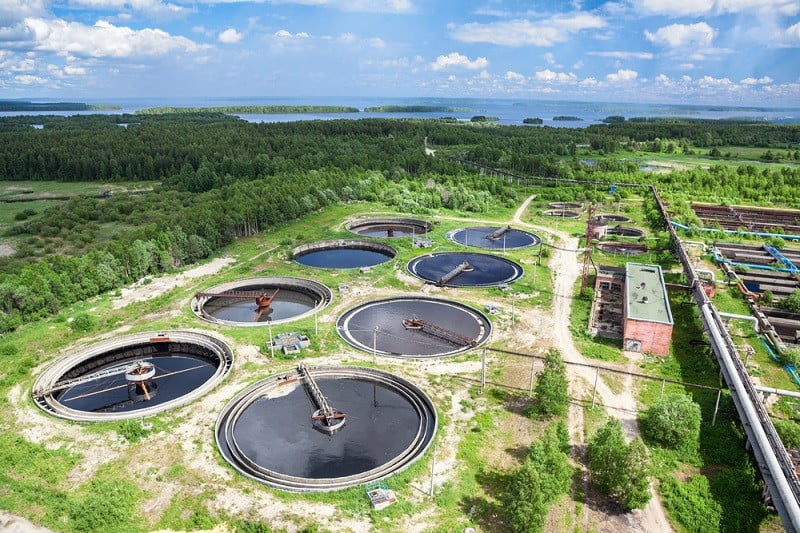Professional Liquid Waste Removal Melbourne: Rapid and Budget-friendly Solutions
Professional Liquid Waste Removal Melbourne: Rapid and Budget-friendly Solutions
Blog Article
How Fluid Waste Disposal Functions: A Comprehensive Review of Strategies and Technologies Employed

Review of Liquid Waste Types
The complexity of liquid waste kinds demands a thorough understanding of their characteristics and implications for disposal. Liquid waste can broadly be categorized right into numerous kinds, including industrial, community, farming, and dangerous waste. Each classification shows unique residential or commercial properties, requiring particular monitoring approaches to mitigate environmental and health threats.
Industrial fluid waste stems from making procedures and frequently includes a series of impurities, such as heavy metals, solvents, and organic compounds. Metropolitan fluid waste, primarily making up wastewater from homes and commercial establishments, has raw material, nutrients, and pathogens (industrial wastewater treatment). Agricultural fluid waste, including drainage from farms, might consist of plant foods, chemicals, and animal waste, presenting threats to water quality and environments
Unsafe fluid waste is characterized by its toxicity, sensitivity, or prospective to cause damage. This classification includes compounds like acids, bases, and particular chemicals that require rigorous handling and disposal procedures. Understanding these diverse fluid waste kinds is important for creating effective disposal techniques and guaranteeing conformity with ecological guidelines. Proper category and characterization are important for executing suitable therapy methods and reducing the damaging impacts on public wellness and the atmosphere.
Physical Treatment Techniques

Testing is the first step, where larger fragments and debris are eliminated from the liquid waste making use of screens or grates. In sedimentation tanks, heavier particles clear up at the base, forming a sludge layer, while the made clear fluid can be more treated.
Purification is another vital approach that involves passing the liquid via porous materials, such as sand or membranes, to record smaller fragments. This action enhances the top quality of the liquid, making it suitable for subsequent treatment procedures.

Chemical Treatment Techniques
Chemical treatment techniques are necessary for properly taking care of liquid waste, specifically in addressing dissolved and colloidal impurities that physical methods might not appropriately eliminate. These techniques utilize numerous chemical agents to counteract, precipitate, or transform hazardous materials into less harmful types.
One common method is coagulation and flocculation, where chemicals such as alum or ferric chloride are contributed to advertise the aggregation of put on hold particles. This procedure enhances sedimentation, enabling for much easier elimination of the resulting sludge. In addition, oxidation processes, utilizing agents like chlorine or ozone, are employed to damage down intricate natural substances and virus, providing the waste more secure for discharge or more treatment.
Neutralization is an additional essential technique, which changes the pH of acidic or alkaline waste streams to neutral levels, stopping potential harm to downstream systems and the environment. In addition, progressed oxidation procedures (AOPs) utilize combinations of oxidants and ultraviolet light to deteriorate persistent toxins, accomplishing a higher degree of therapy effectiveness.
Biological Treatment Processes
Organic therapy processes play a vital function in the monitoring of liquid my site waste by making use of microbes to break down raw material and lower impurity degrees. These processes can be broadly categorized right into anaerobic and Website cardio treatments, each employing details microbial neighborhoods to attain effective waste destruction.
Cardiovascular therapy involves the usage of oxygen to facilitate the malfunction of organic products by microorganisms. This process is generally carried out in activated sludge systems, where aeration storage tanks give a helpful environment for microbial growth, causing the oxidation of organic pollutants. The resultant biomass can be divided from dealt with effluent with sedimentation.
In contrast, anaerobic treatment occurs in the lack of oxygen, depending on various microorganisms to damage down raw material. This method is particularly helpful for high-strength waste, as it creates biogas, a sustainable power source, while reducing sludge production. Technologies such as anaerobic digesters are regularly utilized in commercial and metropolitan applications.
Both cardiovascular and anaerobic biological therapies not just reduce the environmental influence of fluid waste but also help with source healing, making them vital elements of lasting waste administration methods. Their versatility, efficiency, and performance sustain their extensive implementation across numerous industries.
Arising Technologies in Disposal
Cutting-edge techniques to liquid waste disposal are rapidly developing, driven by advancements in innovation and an increasing focus on sustainability. Among these emerging modern technologies, membrane bioreactors (MBRs) have obtained traction for their capability to incorporate biological treatment with membrane purification, causing premium effluent that can be reused in different applications. MBRs allow smaller impacts and much more reliable procedures compared to traditional systems.
One more appealing development is making use of anaerobic food digestion combined with nutrient healing innovations, which not only treats liquid waste but likewise generates biogas and recovers beneficial nutrients like nitrogen and phosphorus. This double advantage improves resource efficiency and minimizes environmental influence.
Additionally, progressed oxidation procedures (AOPs) are being taken on for the destruction of intricate organic toxins. These techniques use powerful oxidants and stimulants to damage down pollutants at the molecular level, providing a very effective remedy for challenging waste streams.
In addition, the assimilation of expert system and equipment discovering in waste administration systems is optimizing functional effectiveness and predictive maintenance, causing decreased costs and improved ecological compliance. These technologies reflect a substantial shift in the direction of even more lasting and efficient liquid waste disposal practices.
Final Thought
In conclusion, effective liquid visite site waste disposal necessitates a comprehensive understanding of various techniques and modern technologies. By continuously progressing these methods, it ends up being feasible to attend to the expanding challenges associated with liquid waste, eventually contributing to environmental defense and resource healing.
Fluid waste disposal is a crucial aspect of ecological management, needing a comprehensive understanding of different methods and technologies customized to various waste kinds. Liquid waste can generally be classified into numerous kinds, consisting of industrial, municipal, farming, and hazardous waste. Agricultural liquid waste, including runoff from farms, might contain plant foods, chemicals, and pet waste, posing threats to water quality and communities.
Different physical treatment methods play a critical role in taking care of fluid waste successfully - industrial wastewater treatment.In conclusion, reliable liquid waste disposal necessitates a comprehensive understanding of different strategies and innovations
Report this page